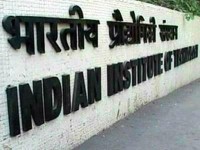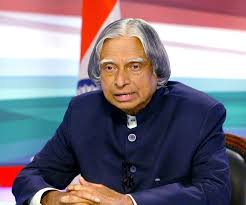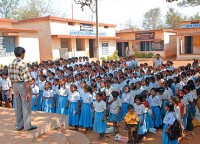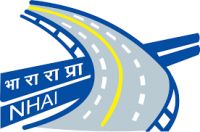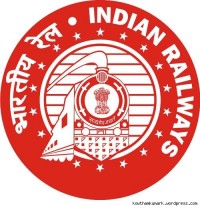Eating less may help us lead longer, healthier lives, according to the new results from a large, multi centre study, led by researchers at the Jean Mayer USDA Human Nutrition Research Centre on Aging at Tufts University. The paper, published in Aging, reveals that restricting calories by 25 percent in healthy non-obese individuals over two years, while maintaining adequate protein, vitamin, and mineral intake, can significantly lower markers of chronic inflammation without negatively affecting other parts of the immune system.
“Previous studies in animals and simple model organisms over the past 85 years have supported the notion that calorie restriction can increase the lifespan by reducing inflammation and other chronic disease risk factors, but with mixed results about whether it has a negative or null effect on cell-mediated immune responses,” said first and corresponding author Simin Nikbin Meydani, D.V.M., Ph.D., director of the Jean Mayer USDA Human Nutrition Research Centre on Aging at Tufts (HNRCA) and the director of its Nutritional Immunology Laboratory. “This is the first study to examine these effects over two years on healthy, normal- or slightly over- weight individuals and observe that caloric restriction reduces inflammation without compromising other key functions of the immune system such as antibody production in response to vaccines.”
Chronic inflammation has been shown to create successions of destructive reactions that damage cells, thus playing a major role in the development of age-related diseases such as cancer, heart disease, and dementia. According to the Centres for Disease Control and Prevention (CDC), seven of the top 10 causes of death in 2010 were chronic diseases, with heart disease and cancer accounting for nearly 48 percent of all deaths. The CDC also reports in that same year 86 percent of all health care spending was for people with one or more chronic medical conditions.
After six weeks of baseline testing, which included metabolic measurements to determine their total daily energy expenditure, and blood collection to evaluate inflammation and cell-mediated immunity markers, 220 eligible individuals were randomized into two groups and further stratified by site, sex, and body mass index.
The control group maintained their normal diet for the duration of the study, while the test group was provided with support to maintain a high-satiety diet that restricted their calories by 25 percent including customized behavioral guidance. The test group was also given multivitamin and mineral supplements to prevent micronutrient malnutrition. To maintain a 25 percent reduction in calories the test group’s calorie prescriptions were reduced three times through the two-year study to coincide with their weight loss based on body fat, and muscle mass calculations.
Both inflammation and immunity bio markers were measured at baseline, 12 months, and at 24 months. Response to vaccines was determined at the end of the study. As an indicator of susceptibility to infectious disease, cell-mediated immunity was measured by antibody response to three vaccines and skin prick tests, white blood cell count, and self-reported illness. In addition, inflammation was monitored using serum levels of common inflammatory markers, including C-reactive protein, TNF alpha, and leptin.
The research team found that the test group had a significant and persistent reduction in inflammatory markers with no discernible difference in immune responses from the control group at the end of 24 months. However, while reduction in weight, fat mass, and leptin levels were most pronounced at 12 months they were not accompanied by the significant reduction in C-reactive protein and TNF alpha, both indicators of inflammation, until 24 months. This delay suggests that long-term calorie restriction, at least 24 months, induces other mechanisms that may play a role in the reduction of inflammation.
“This may be one of the most powerful non-genetic intervention to slow aging, increase our health span and the quality of our lives,” continued Meydani of the HRNCA. She is also a professor at the Friedman School of Nutrition Science and Policy, Tufts University School of Medicine, and a member of the immunology program faculty at the Sackler School of Graduate Biomedical Sciences at Tufts.
“These calorie restricted changes suggest a shift toward a healthy phenotype given the established role of inflammation in the development of cardiovascular disease, cancer and ageing. With all of today’s fitness and bio metric measurement technology available to the public, it is certainly feasible for the average person to maintain a 10-15 percent calorie restriction as a strategy for long-term health benefits,” said co-author Luigi Fontana, M.D., Ph.D., professor of medicine and nutrition at Washington University in St. Louis and Brescia University (Italy).
More: Science



